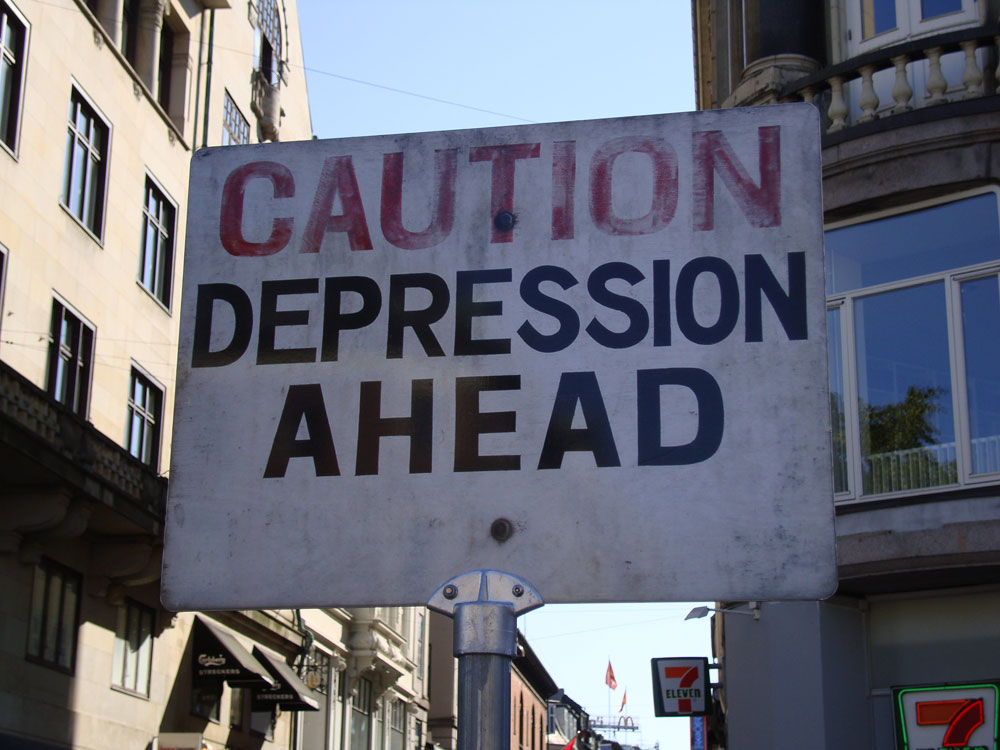
June 23, 2020; The Atlantic
As Annie Lowrey details in the Atlantic, the US economy has begun “reopening”—although with Sun Belt states facing record hospitalization rates, that reopening itself may stall. But allowing for a dose of optimism, let’s assume for the moment that the latest spike in COVID-19 cases subsides and reopening happens for real. Provided this occurs, what will it take to avoid a long and deep economic depression?
The risk of the 2020s looking a lot like the 1930s remains very real. As Lowrey puts it:
Absent dramatic policy action, a pandemic depression is possible: the Congressional Budget Office anticipates that the American economy will generate $8 trillion less in economic activity over the next decade than it projected just a few months ago, and that a full recovery might not take hold until the 2030s.
An economic depression rarely has a single cause. For example, with the Great Depression, the proximate cause was the October 1929 stock market sell-off. But there were factors that preceded the crash (e.g., housing and agricultural market failures), while the banking system collapse came later, not peaking until 1933. Recall that after his inauguration, President Franklin Delano Roosevelt called for a bank holiday, not a stock market holiday.
Today, in addition to a dysfunctional health system, the US has many economic problems that predate the pandemic, such as growing economic insecurity, a staggeringly wide racial wealth gap, and a $1.6 trillion student debt overhang. When, as NPQ covered earlier last week, you find that, pre-pandemic, the majority of small businesses had less than one month’s cash on hand, you realize that for many in the US—business and families alike—economic fragility has been a way of life.
What are these sources of danger? Lowrey names four:
- Household fiscal cliff
- Business die-off
- State and local budget shortfall
- An out-of-control pandemic
As Lowrey points out, the emergency response of the CARES Act did keep many families and businesses afloat, even though it was deeply flawed, resulting in millions of needless layoffs that could have been prevented if only the US federal government had covered payroll as many others nations did. As Lowrey adds, another key failing of the CARES Act was to exclude from benefits “roughly 15 million people in immigrant families, many of whom were working essential jobs stocking grocery shelves, delivering takeout, and drawing blood in hospitals.”
Sign up for our free newsletters
Subscribe to NPQ's newsletters to have our top stories delivered directly to your inbox.
By signing up, you agree to our privacy policy and terms of use, and to receive messages from NPQ and our partners.
But then there is the big scary looming cliff. As Lowrey explains, “The big helicopter drop was a onetime thing, and the unemployment-insurance expansion was time-limited. Congress designed Uncle Sam’s help to dry up this summer, with the unemployment rate still in the double digits.”
The consequences if the federal government fails to address this would be truly catastrophic. As Lowrey writes, “If and when that federal intervention dries up, millions of families just keeping their head above water will sink, as lost jobs and canceled hours force them to stop paying their rent and go into arrears on their debt payments. Hunger, homelessness, forgotten plans to attend community college, babies growing up in stressed households: These are the stakes.”
But that is just the first looming threat. There are three more. Threat number two is a collapse of business—and, lest we forget, nonprofits are businesses too, and are likewise at risk. The Paycheck Protection Program was a short-term intervention, but if customers fail to return, many more business than the 100,000 small companies that have shut permanently to date will have to close their doors.
Lowrey notes some possible drivers. “Students are not willing to pay as much for online learning as in-person instruction,” she notes. “Companies are not financing travel to conferences and sales meetings. Concerts and festivals are not expected to restart until scientists develop a coronavirus vaccine. Economists expect that 42 percent of people recently let go will not return to their former employers.” Of course, while Lowrey doesn’t mention this, businesses also hold a lot of debt—meaning the risk of financial contagion (i.e., what made the Great Depression “great”) is significant.
Third is state and local government. Conservatively, states anticipate $370 billion in reduced revenues for Fiscal Year 2021, with localities facing similar shortages. Timothy Bartik of the Upjohn Institute, whose work NPQ has covered before, estimates that between April 2020 and December 2021, states and localities combined could face a budget hole of $899 billion. If states are not compensated by the federal government for this shortfall, the cost could be 5.3 million lost jobs by the end of 2021.
Last, but not least, is the country’s seeming inability to curtail the spread of the virus, with record new cases apparently now occurring nearly daily. As Lowrey observes, “Never getting the pandemic under control means never unleashing the economy.”
It is possible, Lowrey notes, for the federal government to respond. Congress, she writes, “could extend unemployment insurance, offer new help to flailing businesses, send monthly cash grants to poor families, offer fiscal relief to the states, and implement a nationwide test-and-trace program.” But will it?—Steve Dubb













